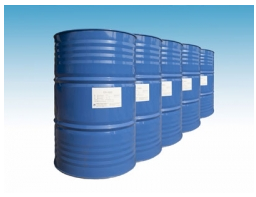When the amino terminated polyether is applied, its uncured foam is sticky to the skin and clothes. Do not touch the skin and clothing when using. The pressure of 5-6kg/cm2 (25 C) in the tank can not be touched. The temperature in storage and transportation should not exceed 50 C, so as to prevent the explosion of the foam tank in the tank. We should avoid direct sunlight, and strictly prohibit the contact of the children. The used styrofoam cans should not be thrown around. Burning or piercing empty cans is prohibited. Keep away from open fire and keep away from flammable and explosive materials. The construction site of amino terminated polyether should be provided with ventilation conditions. Construction personnel should wear work gloves, work clothes and goggles during construction, and do not smoke at the same time. If the bubble touches the eyes, rinse it with water and then go to the hospital for treatment. If you touch the skin, rinse it with clear water and soap.

Polyether amine in the use, it is inevitable that there will be improper operation, this is due to our lack of understanding of it, then the direct way to solve this problem is to integrate its basic content, so that it will be easier in case of emergency. Next, we will briefly introduce its emergency handling matters I hope you will know how to deal with these situations in the future.
1. Do not come into direct contact with the air due to its hygroscopicity.
2. Polyether amine should avoid open fire, should avoid heating in the air for a long time, especially the insulation materials, clothing, etc. often have natural fire, should pay attention to.
3. When adhering to the skin, wash the eyes with plenty of water, and wash the eyes with water for more than 15 minutes when entering the eyes.
4. When polyether amine overflows, it should be removed with sawdust, yellow sand, cloth and other permeable substances, and then washed away with a large amount of water.